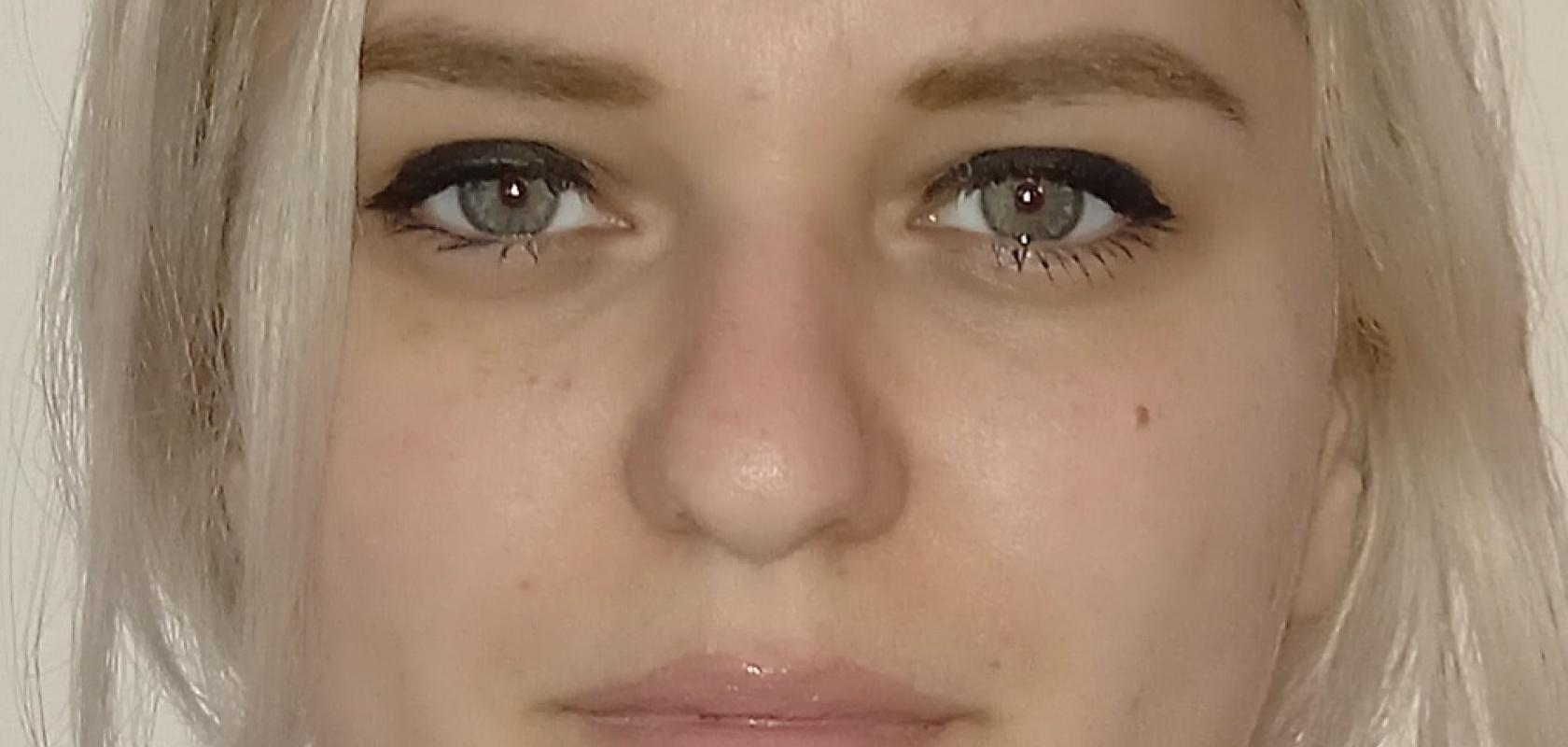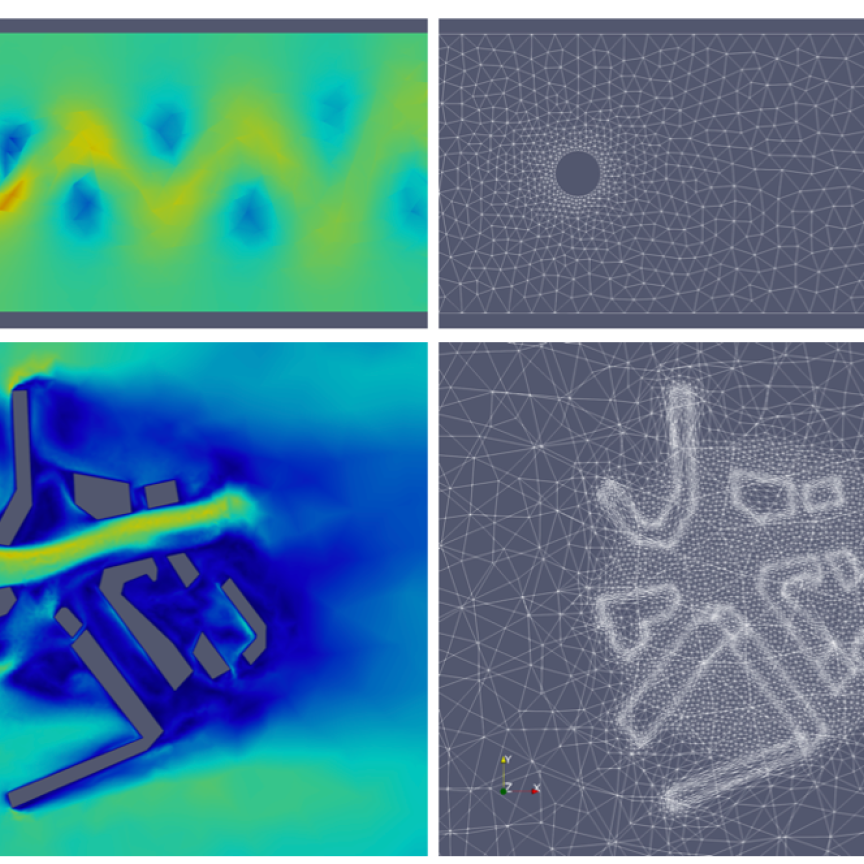In my role as Strategic Theme Lead for Improving Effectiveness of R&D at the Pistoia Alliance, I constantly talk with different leaders from the R&D ecosystem to identify common main challenges and create cross-company projects and programs that can positively impact the whole industry. One important topic of discussion is how to speed up the drug discovery process through artificial intelligence and machine learning.
During our recent London conference, thought leaders gathered to discuss the important opportunity we, as an industry, have to help patients with rare diseases find new and better treatments. By harnessing the power of AI and ML, we can speed up the discovery process and make a difference in the quality of life for families of children with rare genetic diseases, HAE or lupus for example.
In this article, I will highlight ways in which my pharma colleagues are putting the spotlight on rare diseases by applying machine learning principles and techniques. At the same time, I would like to call on pharma and computing professionals to continue developing best practices in this area, and case studies that can move the needle on this important aspect of our industry. At Pistoia Alliance, our mission is "collaborate to innovate," and this is one of my biggest priorities in this space.
So how can machine learning point to novel treatments for this important patient population? Several pharma companies have already developed algorithms that can be used in medical applications. According to one study, published in Orphanet Journal of Rare Diseases, the majority of machine learning projects focus on images (32.2 per cent), demographic data (27.0 per cent) and 'omics' data (26.5 per cent). Most studies used machine learning for diagnosis (40.8 per cent) or prognosis (38.4 per cent) whereas studies aiming to improve treatment are still relatively scarce (4.7 per cent).
An increased number of organizations are already looking to have a more systematic approach to using AI and ML, aiming especially at improving the quality of life and giving more support to rare and orphan-disease populations. As we heard from my colleague Bryn Roberts, of Roche, during the Pistoia Alliance conference in London: when a child is born with a potentially-fatal genetic disease, it becomes very personal to all of us, and we must collaborate for the greater good.
With the use of omics, we are able to study disease processes, down to the minute cell and genetic level, in great detail. Wearable digital devices allow clinical trial participants and HCPs to continuously monitor data. These digital tools are improving clinical trial participation because patients with rare diseases now can perform assessments at home, without the hassle of having to travel and arrange a hospital stay around their work or school schedules.
All of these advancements in pharma R&D are paving the way for a future explosion of machine learning applications, which hopefully will lead to novel drug discoveries. We have come a long way since I first focused on a rare disease in my own work. In the past, I worked with a rare-disease association for the pediatric population with Hereditary angioedema (HAE Junior z.s.) and also with children having multiple sclerosis.
In my volunteering activities from the past 10 years I’ve been working with different rare-disease associations, and I saw the need for a long-term strategy for helping chronically ill people to live a normal life, not just to survive the disease or to ease down some symptoms. I strongly believe that the industry should work more closely with the patient associations even if, like in any rare disease, there is a relatively small number of beneficiaries.
Change is coming, but it's slower than we would like, due to different barriers related with the long-term implementation strategies and use of new technologies. Most of these barriers can be overcome through collaboration and the non-competitive environment fostered by the Pistoia Alliance and its members. For example, making data FAIR across the industry can speed up the discovery process by making the data easily shared across pharma, clinical and computing platforms.
To conclude, I would like to echo the call put out by my colleague Cristina Ortega Duran of AstraZeneca during our recent conference: Yes, we need FAIR data, but we also need global data from different countries, genders and diverse ethnic groups as well.
It seems we are just beginning this journey, but the future will be bright for pharma and rare disease patients if we can accelerate the use of this meaningful and cutting-edge technology in our R&D efforts. Again, my call to the industry is to continue to work together and innovate. We need more AI and ML applications, and we need to share our successful use cases and best practices. It's the best way to bring peace of mind and improve quality of life for people across the globe who face rare disease challenges in their lives.
Anca Maria Ciobanu is a strategic theme lead for Improving the Efficiency and Effectiveness of R&D at the Pistoia Alliance


